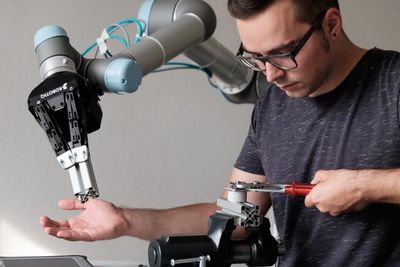Abstracts

SAFE RL: WHAT IT WILL TAKE
Robots powered by reinforcement learning are moving from isolated lab environments into hospitals, city streets, and other human spaces, raising urgent questions questions about safety and effective collaboration. This proposal traces how engineers, regulators, and historians have assessed and constrained these systems since the early 2000s. Evidence spans DARPA Robotics Challenge post‑mortems, the collaborative‑robot standard ISO/TS 15066, open benchmark suites such as Safety Gym, and algorithmic milestones like Constrained Policy Optimization. Through comparative case studies, standards analysis, and metric mapping, the project highlights effective safeguards, persistent failure modes, and areas lacking quantitative evaluation. The resulting synthesis equips engineers, policymakers, and ethicists with a concise map of proven guardrails and unresolved gaps that must be closed before large‑scale deployment of embodied RL. Neglecting these lessons risks repeating costly incidents that could stall innovation and undermine safety. Sustained progress in human‑robot collaboration will only be possible when past failures are learnt from and successes become the blueprint for how to build safer, more reliable systems. See more below ⬇️
HIST 30701 Final Research Proposal
Download PDF